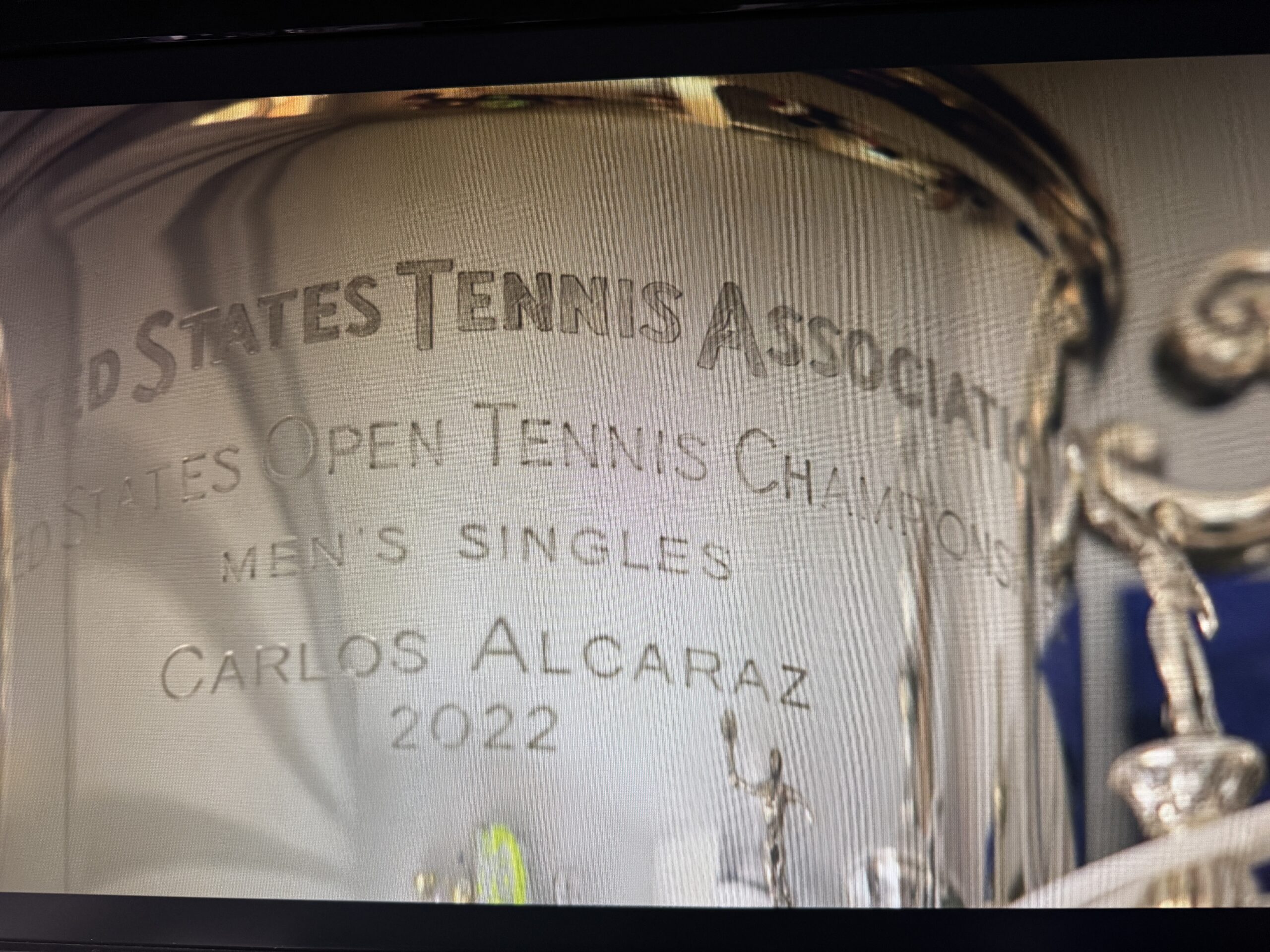My standing theme for the posts each Thursday is “Tennis Hits the Books (and sometimes media).” The selections are loosely informed by the calendar. For example, when new tennis books are published, I try to review those right away. Pulling back the curtain a little more, I also generally follow the tennis season with content that aligns with what is concurrently happening on the professional tours.
That is why training and conditioning books frequently appear during the “off season” in November and December. Tennis books about players from “down under” tend to run in January during the Australian Open. February is Black History Month, which prompts coverage of Black tennis players.
That practice has left me with a conundrum during clay court season. I want to write about South American, Spanish, and French tennis players during the run-up to the French Open at Roland Garros. Unfortunately, with the exception of Rafael Nadal, there aren’t a lot of tennis books on the great clay court players published in English. A handful of additional options are available, but only in Spanish and French. I don’t speak either of those languages fluently enough to review those books.
I have discovered that some Spanish Language documentaries on the great clay court players are available with English subtitles. Along those lines, I recently came across a docuseries on the Rafa Nadal Tennis Academy which contains both English and Spanish segments, each with subtitles
After reviewing “The Secrets of Spanish Tennis” last week, pivoting to the Rafa Nadal Tennis Academy felt like a logical next step. However, I was mildly disappointed coming from that perspective. There wasn’t much focus on the actual training featured in the footage.
While there was a lot of tennis action, the producers chose to use extreme close-ups of the players. That made it difficult to glean the context of the training or the composition of the points shown. Consequently, the narrative is more about individual personal journeys than tennis development.
Four episodes for Season 1 were released by Movistar in September 2021. The entire series can be viewed for free by Amazon Prime subscribers. The docuseries is positioned as a chance to experience life at the Academy through the eyes of some of the most promising players in the world. In reality, it is basically an extended infomercial clearly intended to attract prospective players.
While I found the content somewhat engaging, I think the primary audience for the docuseries is extraordinarily narrow, consisting of prospective Academy students. As a secondary audience, Nadal superfans will probably appreciate the footage of his philosophy and perspectives on competing in tennis and in life.
If you are considering attending or sending a kid to the Rafa Nadal Academy, this docuseries is for you. Nadal superfans will also appreciate the additional clips of their idol sharing his ideas on player development. Tennis fans, in general, may derive enjoyment from a developmental glimpse of future stars of the game should that happen for any of the featured players. Casper Ruud was one of those, though arguably, he had already started to emerge when the series was filmed.
One more note is that due to the subtitles, viewers that speak only English or Spanish are required to maintain full attention to avoid missing content. It takes a lot of active engagement to watch the series fully. I will leave whether that enhances or detracts from the viewing experience as an exercise for the reader.



